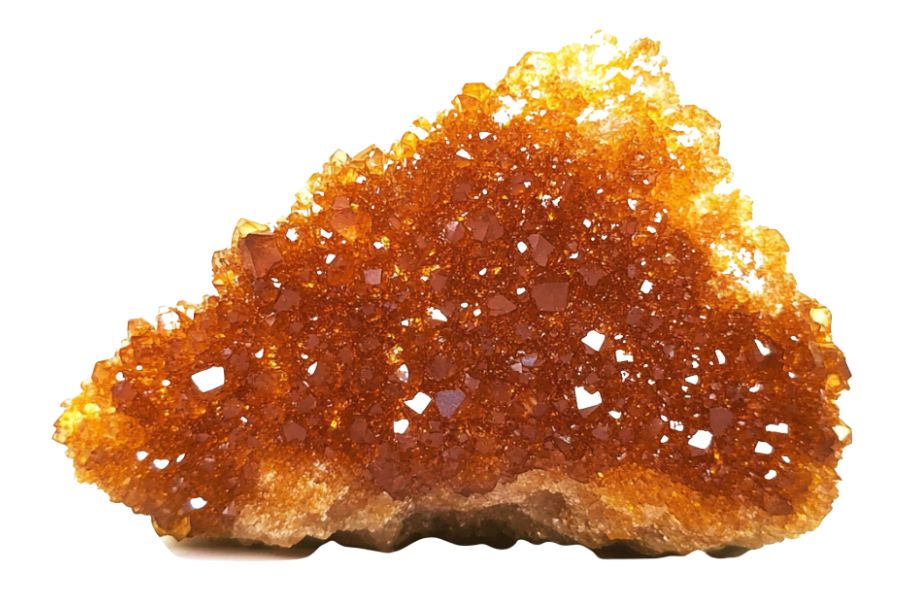Finding good rockhounding spots isn’t always easy, especially in a place like New York. Many enthusiasts set out with high hopes but end up disappointed when they can’t find quality stones. The thrill of the hunt quickly fades when promising locations turn out to be duds.
One stone that rockhounds love to search for is citrine, with its warm, golden glow. But not every spot has it, and without the right knowledge, you might spend hours looking in the wrong places.
So, if you really want to uncover some of the best places to search for citrine in New York, keep reading. These spots might just lead you to your next great discovery!
How Citrine Forms Here

Citrine typically starts its journey as regular quartz crystal, but here’s the cool part – it gets its sunny yellow color through heat and radiation.
Most natural citrine forms when amethyst or smoky quartz gets heated by underground magma or other geological processes. The heat changes the iron impurities inside the crystal, transforming them from purple or gray to golden yellow.
This usually happens at temperatures between 470-560°C (878-1040°F). The amount of iron and the exact temperature determine how deep the yellow color becomes.
Most citrine we see in stores is actually heat-treated amethyst because natural citrine is pretty rare.
Types of Citrine
Citrine comes in a variety of shades, mostly categorized by its natural or heat-treated origin. This classification helps identify the characteristics and quality of each citrine specimen.
Yellow Citrine
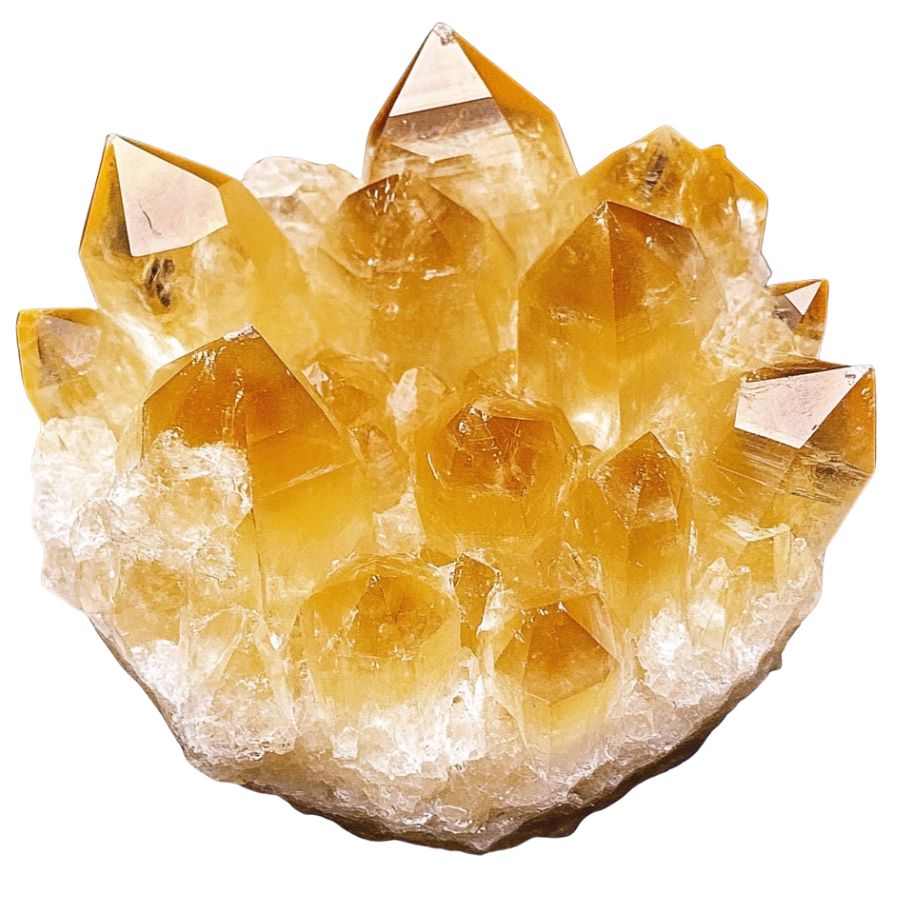
Yellow citrine displays a warm, sunny color ranging from pale yellow to deep golden. The most desired pieces show pure yellow tones without any brown undertones.
Natural yellow citrine gets its color from iron traces in its crystal structure, creating a softer and more subtle yellow compared to heat-treated stones.
The stone often exhibits excellent transparency and clarity, making it sparkle brilliantly in light. Most yellow citrine available today comes from heat-treated amethyst or smoky quartz, as natural specimens are quite rare. The heating process transforms the original purple or grey color into various yellow shades.
When examined closely, yellow citrine might show interesting internal features like liquid inclusions or tiny rainbow-like effects. These natural characteristics help gemologists identify untreated stones from heat-treated ones.
Each crystal typically forms with consistent coloring throughout, though some pieces may show subtle color zoning. This even distribution of color makes yellow citrine particularly attractive when cut into larger stones.
Lemon Citrine
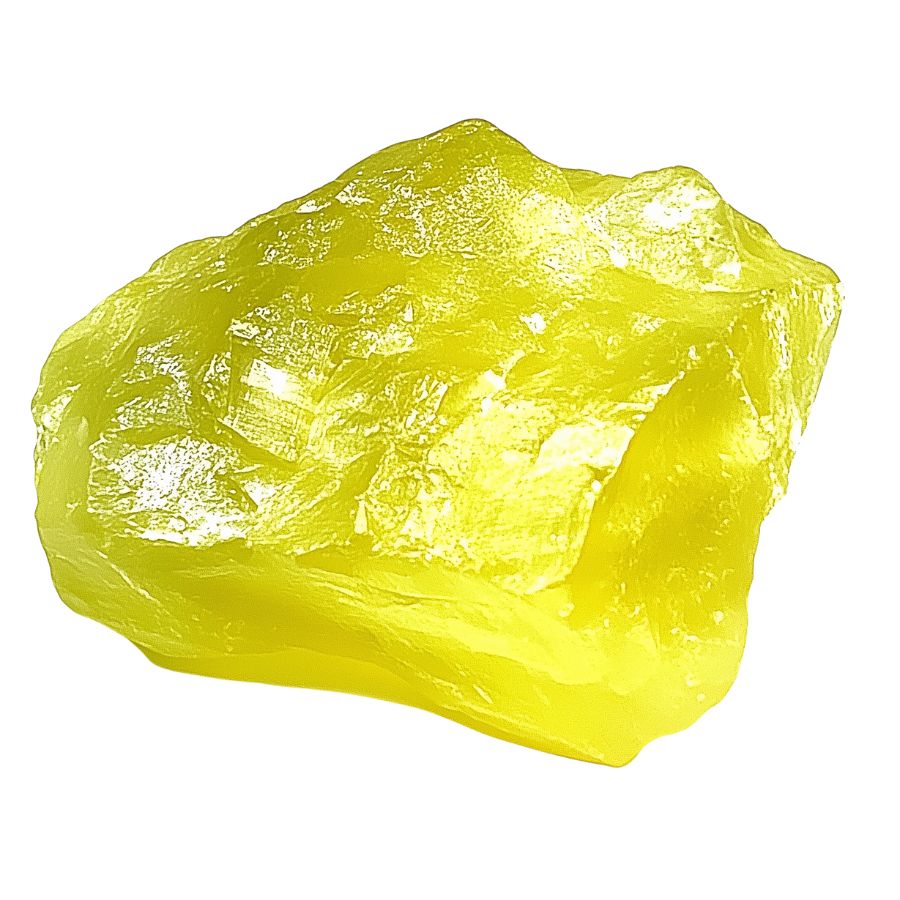
Lemon citrine showcases a bright, zesty yellow color that truly resembles fresh lemon peel. Its color is more vivid and lighter than other citrine varieties, making it instantly recognizable.
The stone appears particularly brilliant under natural light, where its true lemony brightness comes alive. The crystal structure allows light to pass through smoothly, creating a glass-like appearance that enhances its natural brightness.
Recent studies have shown that lemon citrine’s unique color comes from specific iron content levels in its structure. This precise chemical composition creates the distinctive lemon-yellow shade that sets it apart from other yellow gemstones.
The stone’s surface has a sleek, polished appearance that makes it appear almost wet or glossy. This natural shine, combined with its bright color, creates an eye-catching display that draws attention immediately.
Orange Citrine
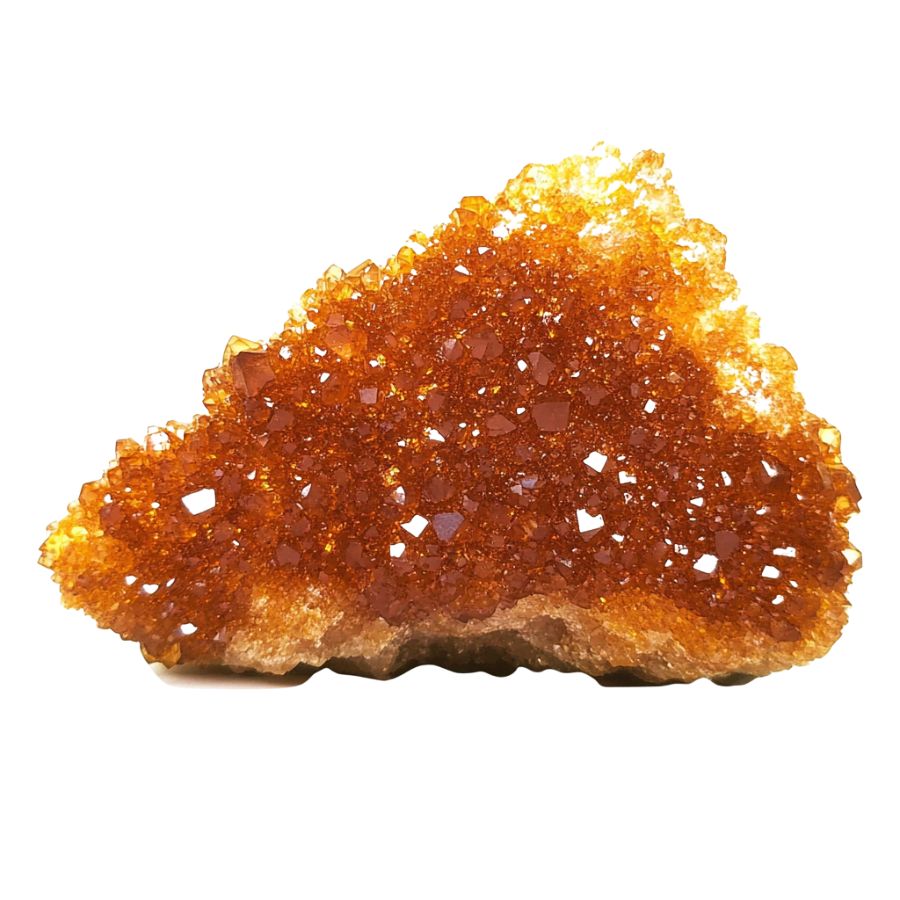
Orange citrine exhibits rich, warm tones ranging from honey-amber to deep mandarin orange. The most valuable pieces show a pure, saturated orange color without brown undertones.
Some specimens show interesting color zoning, where different intensities of orange create natural patterns within the stone.
Many orange citrines display a phenomenon called pleochroism, where the stone shows slightly different colors when viewed from different angles. This optical effect adds depth and character to the stone’s appearance.
Scientists have found that orange citrine’s color stability is remarkably high, meaning it won’t fade over time with normal exposure to light. This makes it particularly valuable for collectors who want their specimens to maintain their vibrant appearance long-term.
Golden Citrine
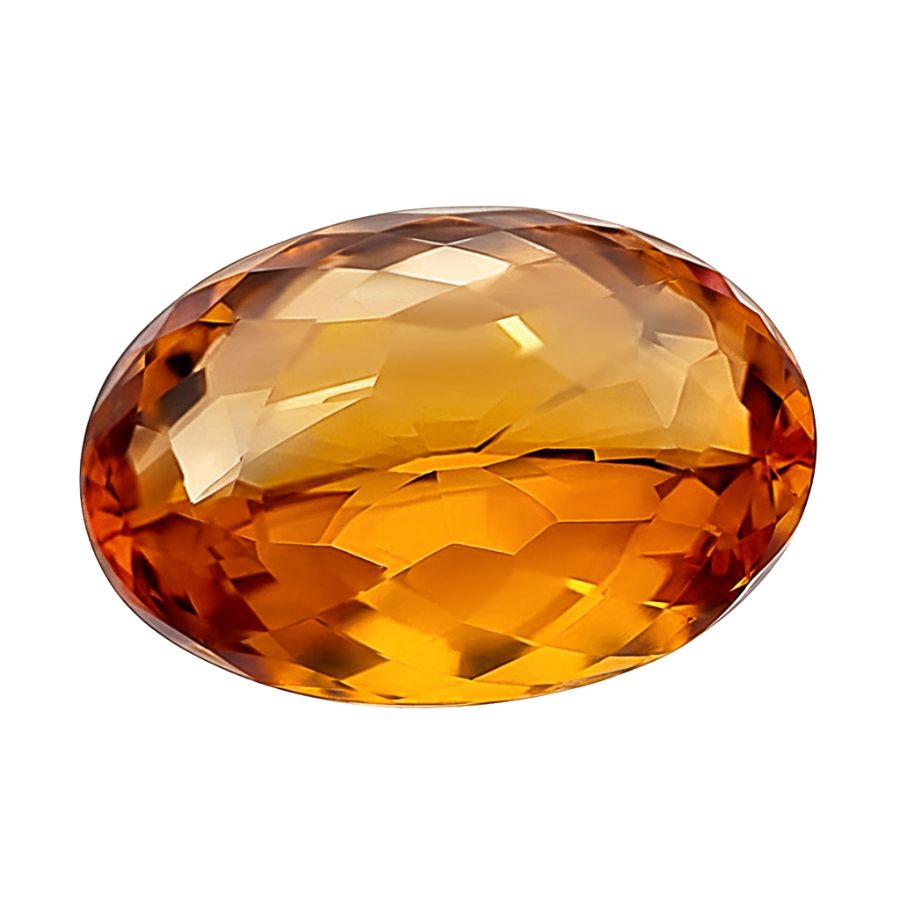
Golden citrine shows rich, warm tones reminiscent of honey or autumn sunlight. Its color ranges from champagne gold to deep amber, with the most prized specimens displaying pure golden hues without any brown tinting.
These stones often show interesting optical effects, including color zoning where different intensities of gold create natural patterns.
Some specimens display small needle-like inclusions that can create attractive silk-like patterns when viewed under proper lighting.
The stone’s internal structure often creates fascinating light effects, including subtle rainbow reflections and interesting play-of-color phenomena. Some specimens even show tiny internal prisms that create miniature rainbow effects when viewed closely.
Ametrine
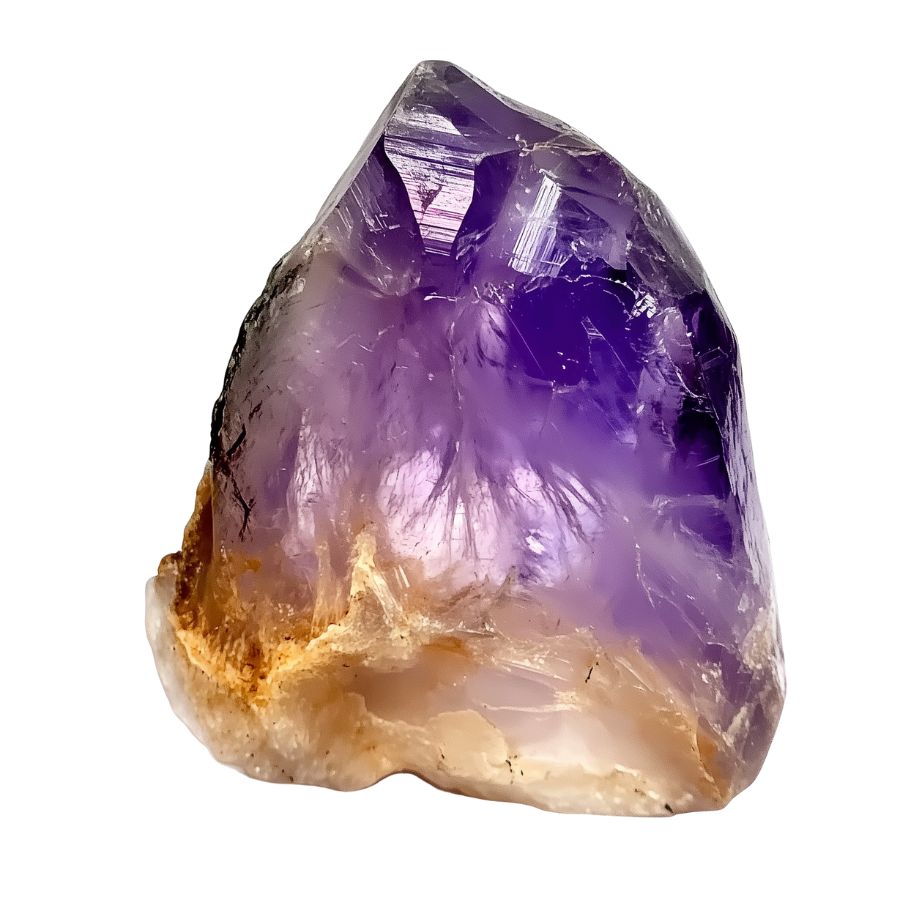
Ametrine showcases a fascinating blend of purple and golden-yellow colors in a single crystal. These colors exist in distinct zones rather than mixing together.
Temperature differences in the growing crystal caused some areas to develop purple coloring while others turned yellow. This natural process is extremely rare in gemstones.
When cut properly, ametrine can display dramatic color contrasts. Skilled stone cutters position these colors to create striking patterns. Some pieces show equal amounts of both colors, while others might have more of one shade than the other.
The colors in ametrine remain stable over time and don’t fade in sunlight. Each crystal shows slightly different patterns and color intensities, making every piece one-of-a-kind.
Madeira Citrine
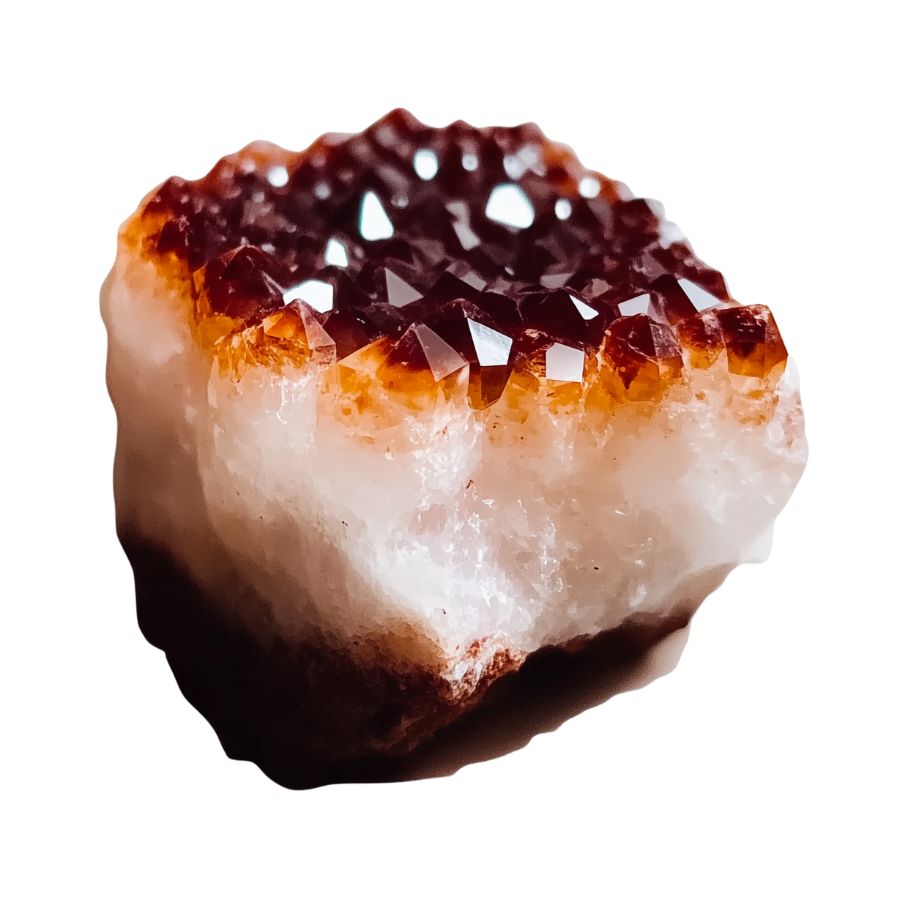
Madeira citrine displays rich, deep colors ranging from reddish-orange to brownish-red, similar to the warm tones of Madeira wine. This deep coloring sets it apart from lighter citrine varieties.
Most specimens on the market come from carefully heated amethyst, which transforms the purple color into these warm reddish tones. The heating process must be precisely controlled to achieve the desired color.
The stone often shows interesting internal features called liquid inclusions. These tiny pockets of ancient fluid got trapped as the crystal formed millions of years ago. Scientists study these inclusions to understand the conditions when the stone formed.
When examined closely, some Madeira citrine pieces display subtle color banding. These bands formed as the crystal grew in layers, creating natural patterns within the stone.
Palmeira Citrine
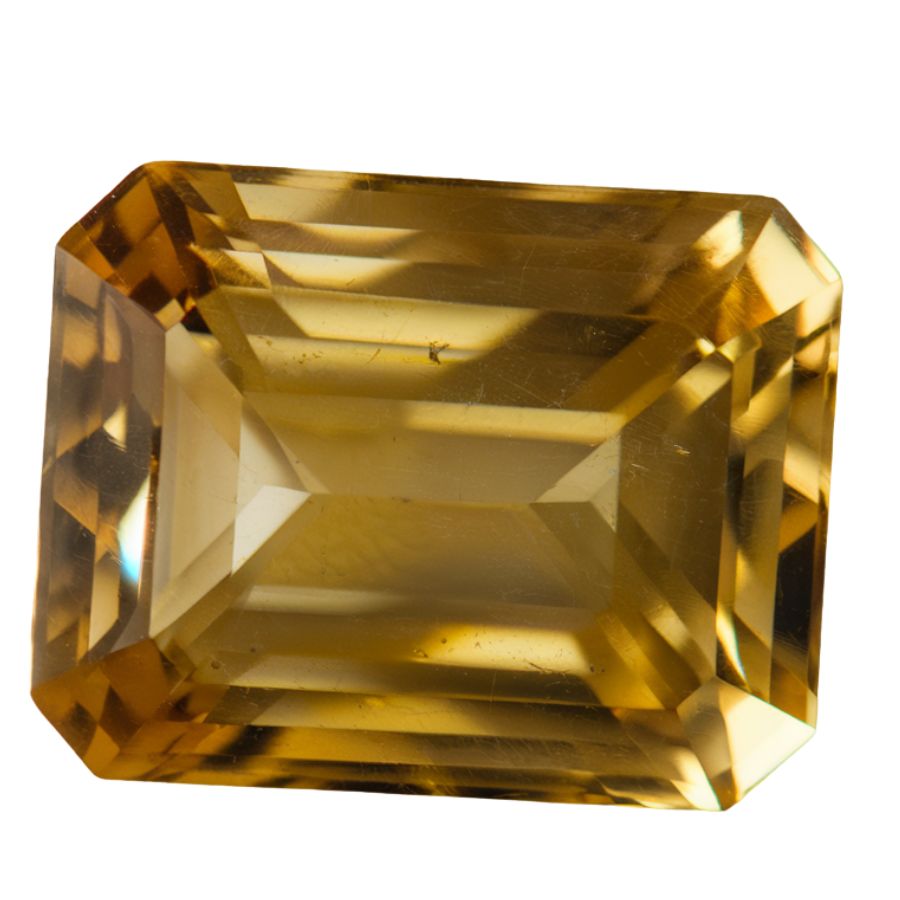
Palmeira citrine displays bright orange colors reminiscent of tropical sunsets. The color can range from light peach to intense tangerine, creating a warm, vibrant appearance.
Scientists have found that the particular shade develops under specific temperature and pressure conditions during formation. This makes natural specimens particularly rare.
Some Palmeira stones display a subtle color shift, appearing more yellow in natural light and deeper orange under artificial lighting.
The crystal structure often creates fascinating internal patterns. Some pieces contain tiny needle-like inclusions that create silvery reflections, while others might show natural growth lines that reveal how the crystal developed over time.
Rio Grande Citrine
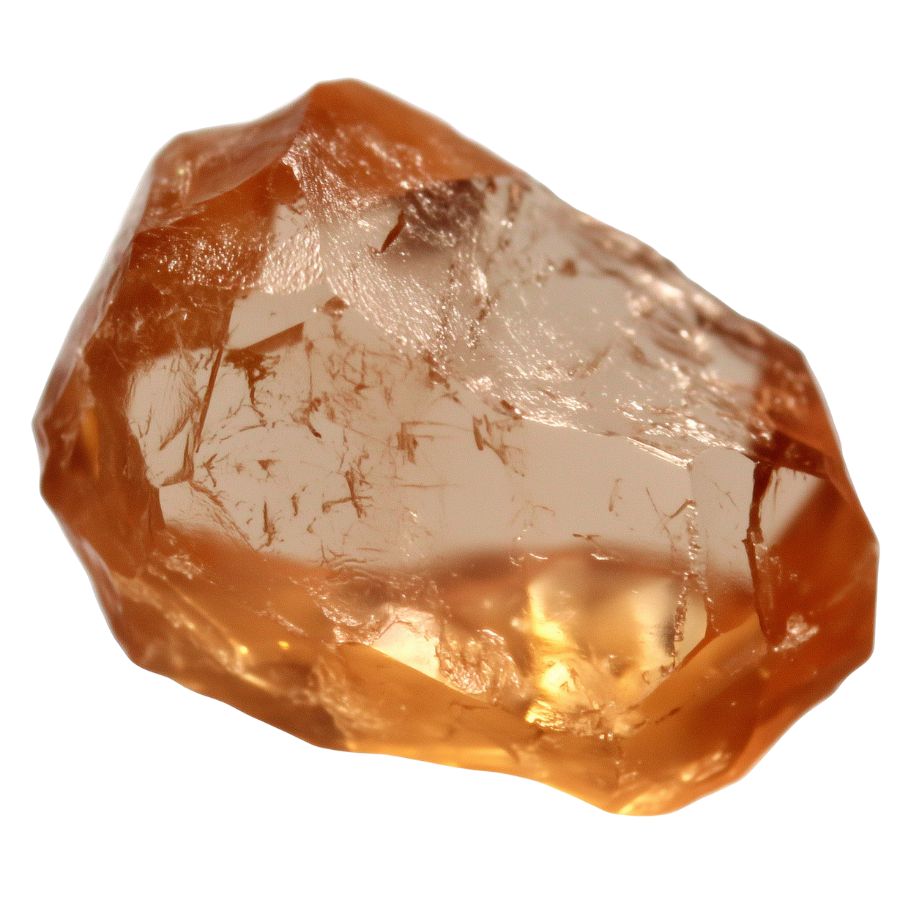
Rio Grande citrine presents a spectrum of yellow shades, from pale lemon to deep golden amber. The colors often appear more natural and softer than heat-treated stones, with subtle variations throughout the crystal.
Tiny crystals, ancient gas bubbles, and growth patterns can be found within the stone. These features help geologists understand the conditions under which the crystal formed.
The surface of Rio Grande citrine has a distinctive glossy appearance that makes light bounce off in interesting ways. When properly cut, it can show bright flashes of light called scintillation that make the stone appear to glow from within.
Some specimens display the effect where the yellow color appears to shift slightly when viewed from different angles. This subtle color play adds another dimension to the stone’s appearance.
What Rough Citrine Look Like?
Citrine crystals have unique identifying features that make them recognizable in their raw state. When searching for natural citrine, keep an eye out for these characteristics:
Check for the Distinctive Golden-Brown Color

Raw citrine has a warm, honey-like color ranging from pale yellow to deep amber-brown. Unlike heat-treated amethyst (which looks more orangey), natural rough citrine shows uneven color distribution.
Look for patches where the color seems to fade or intensify. You might spot some smoky zones too – that’s totally normal in natural pieces.
Examine the Crystal Structure
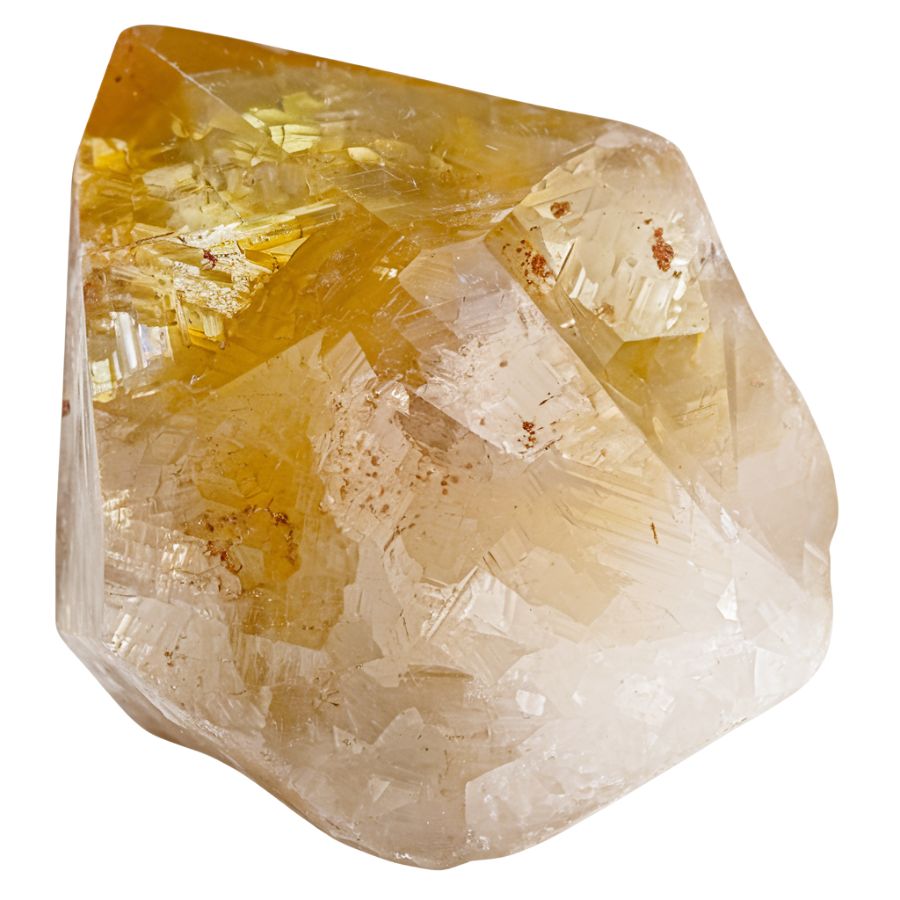
Natural rough citrine forms hexagonal crystals, often with one pointy end. The sides aren’t always perfect – look for striations (tiny parallel lines) running across the crystal faces.
Sometimes you’ll find specimens with multiple crystal points growing together, kinda like a cluster of pencil tips.
Look for the Telltale Surface Texture
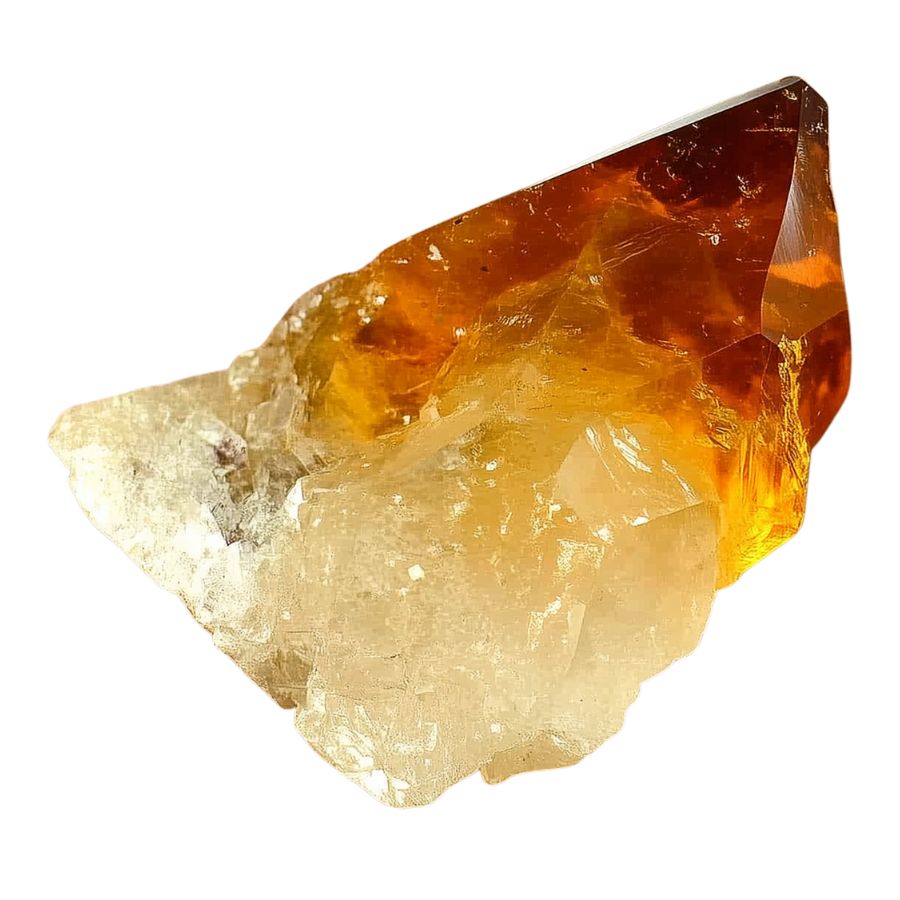
Raw citrine has a glassy surface with irregular breaks. Unlike quartz, which can be super glassy, rough citrine often has a slightly weathered look.
Run your finger over it – you should feel subtle variations. If it’s too smooth or has bubble-like inclusions, it might be glass.
Test the Hardness and Durability

Grab a steel nail or knife – citrine should resist scratching (it’s a 7 on Mohs scale). Try scratching a discreet spot. If it marks easily, you’re probably looking at calcite or another softer mineral.
Real citrine stays cool to touch longer than glass imitations, so hold it in your palm for a minute.
A Quick Request About Collecting
Always Confirm Access and Collection Rules!
Before heading out to any of the locations on our list you need to confirm access requirements and collection rules for both public and private locations directly with the location. We haven’t personally verified every location and the access requirements and collection rules often change without notice.
Many of the locations we mention will not allow collecting but are still great places for those who love to find beautiful rocks and minerals in the wild without keeping them. We also can’t guarantee you will find anything in these locations since they are constantly changing.
Always get updated information directly from the source ahead of time to ensure responsible rockhounding. If you want even more current options it’s always a good idea to contact local rock and mineral clubs and groups
Tips on Where to Look
Citrine can be found in several accessible locations. Here’s where you should start looking:
Mining Sites
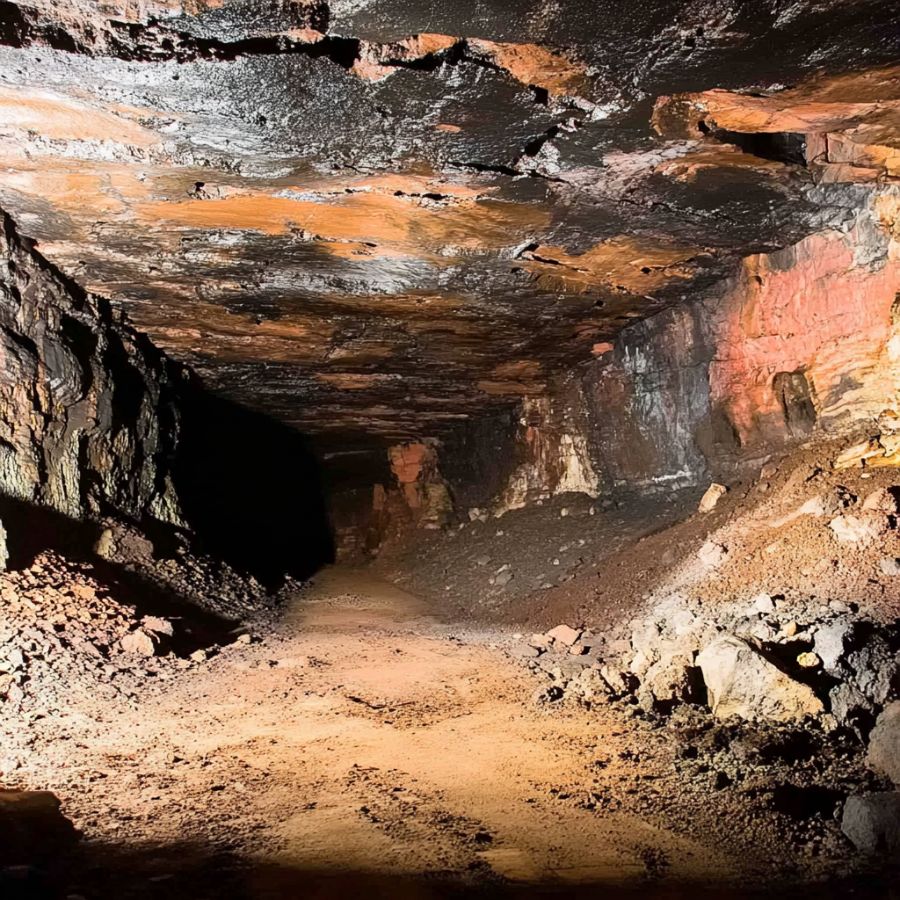
Look for old abandoned mines. These spots often have citrine deposits. Check if there’s any volcanic activity history in the area – that’s a good sign.
Most mining sites have quartz deposits, and since citrine is a type of quartz, you might get lucky.
Granite Outcrops
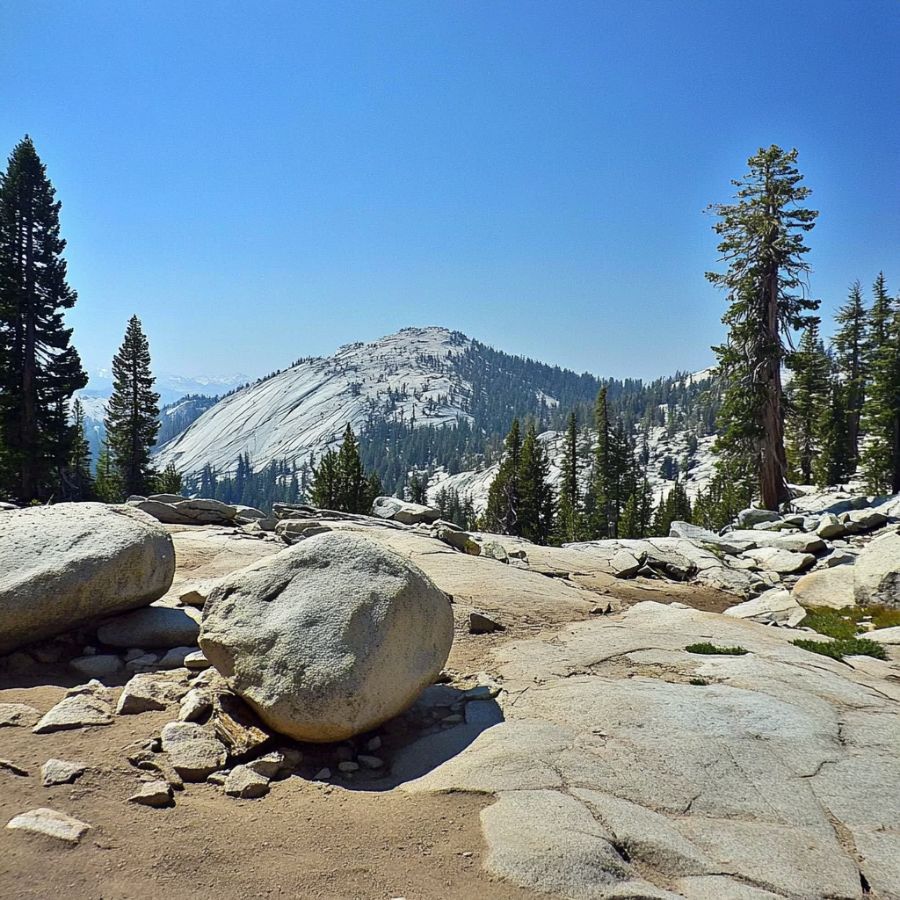
Granite areas are your best bet. These rocks often contain citrine in their cavities and cracks.
While exploring, pay special attention to areas where the rock appears more weathered or broken, as these spots tend to reveal hidden crystal pockets more easily.
Stream Beds

Check stream beds after heavy rains. The water washes down minerals from higher ground.
Look for areas where water slows down – that’s where heavier minerals settle. Use a pan or sieve to sort through gravel. The sparkly yellow stuff could be citrine.
Pegmatite Zones

These coarse-grained rocks often house citrine. Look for white, pink, or gray bands in rock faces. These bands usually indicate pegmatite presence. Break open rocks carefully – citrine might be hiding inside.
Some Great Places To Start
Here are some of the better places in the state to start looking for citrine:
Always Confirm Access and Collection Rules!
Before heading out to any of the locations on our list you need to confirm access requirements and collection rules for both public and private locations directly with the location. We haven’t personally verified every location and the access requirements and collection rules often change without notice.
Many of the locations we mention will not allow collecting but are still great places for those who love to find beautiful rocks and minerals in the wild without keeping them. We also can’t guarantee you will find anything in these locations since they are constantly changing.
Always get updated information directly from the source ahead of time to ensure responsible rockhounding. If you want even more current options it’s always a good idea to contact local rock and mineral clubs and groups
Bedford
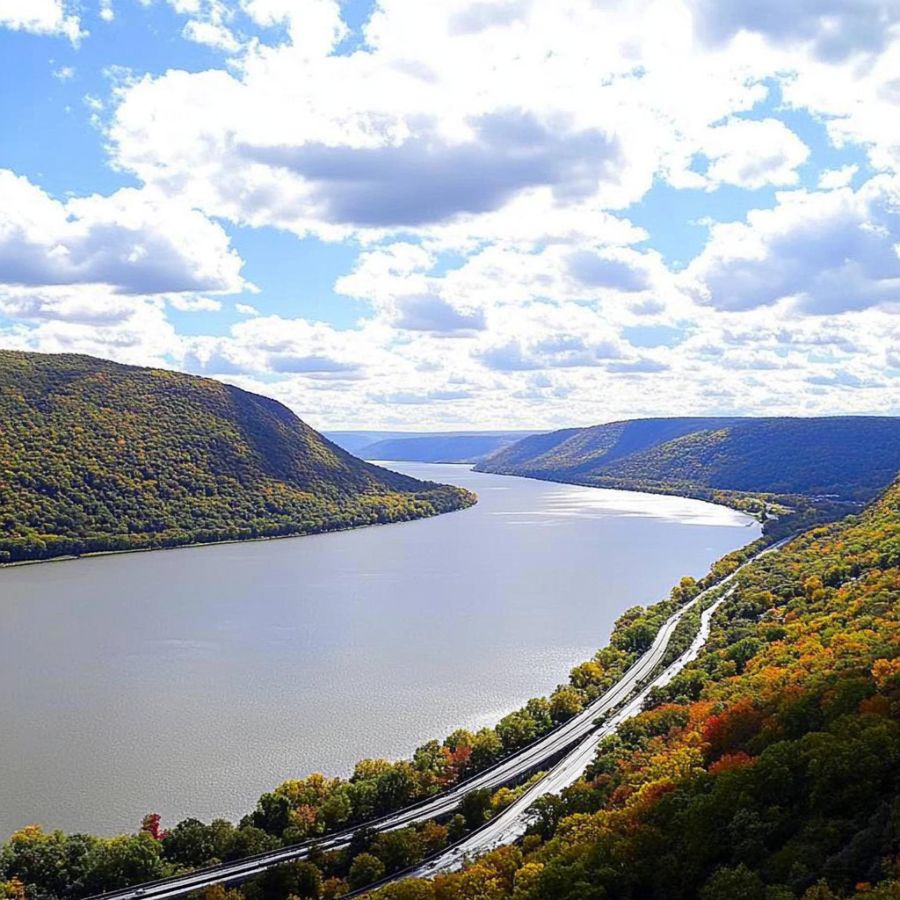
Bedford is a beautiful town in Westchester County with rolling hills and rocky outcrops. The region sits atop ancient metamorphic rock formations which have been shaped by millions of years of geological activity.
Focus on exposed bedrock and streambeds where erosion has freed citrine crystals from their original formations.
The Croton River and nearby quarries offer promising spots to search for citrine as well. Using hand tools to carefully chip away at loose rock can reveal hidden treasures embedded within the stone.
Ilion Gorge
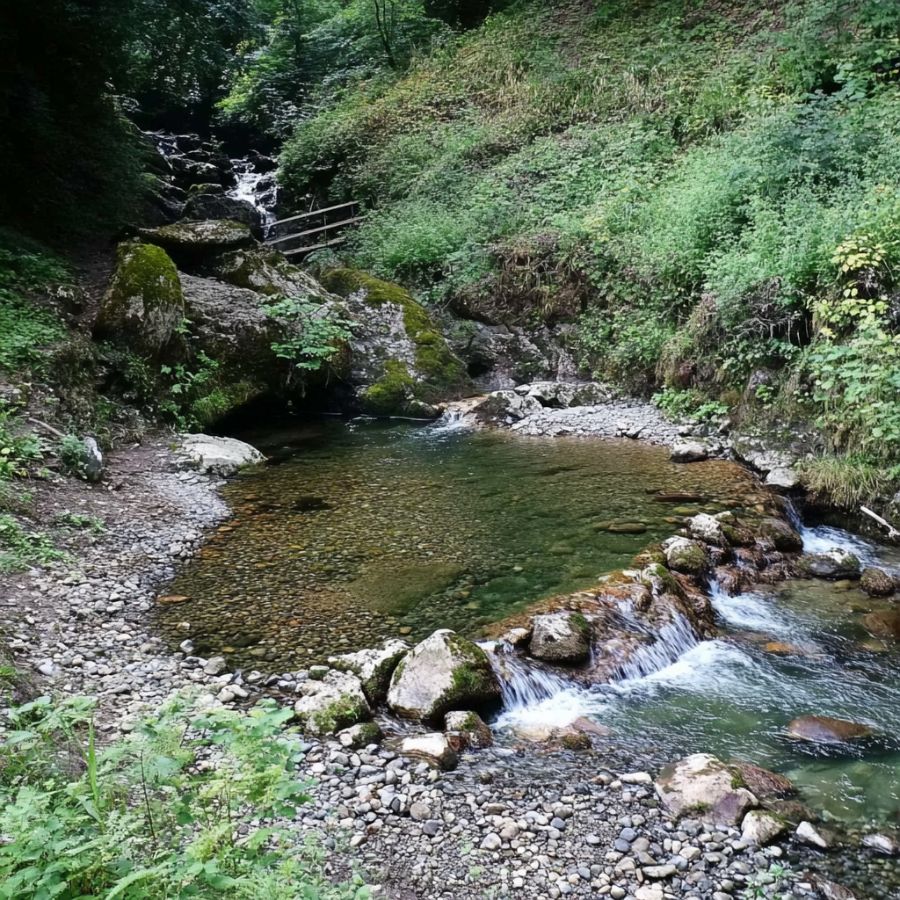
Ilion Gorge, a hidden gem in upstate New York, is a paradise for rockhounds and nature lovers alike. With its stunning waterfalls, moss-covered cliffs, and meandering streams, the gorge provides a breathtaking backdrop for gemstone hunting.
The best places to search for citrine are along the riverbanks and gravel beds, where the force of the water has washed gemstones downstream. A good strategy is to sift through loose sediments or inspect pockets in rock faces where minerals accumulate over time.
Visiting in late summer or early fall for ideal conditions. The water levels are typically lower, revealing more of the rocky terrain.
Middleville
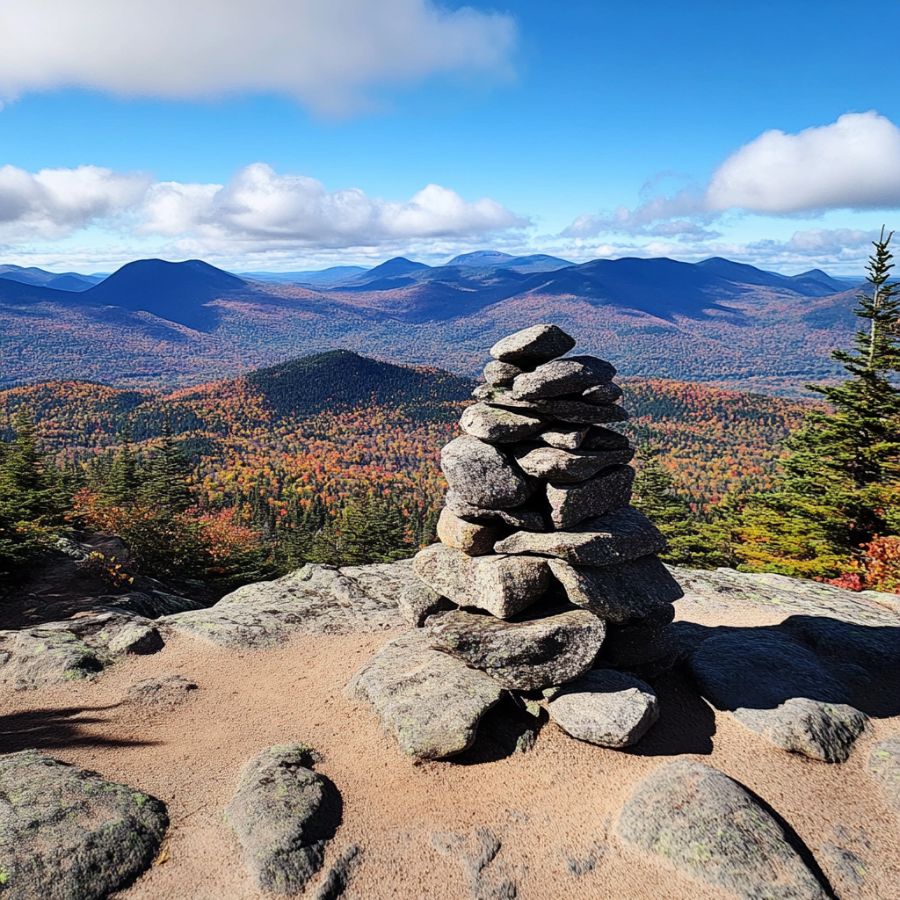
Middleville, located near the famous Herkimer Diamond Mines, is well known for its fascinating geological formations. The region features limestone deposits dating back to the Cambrian period.
The key to locating citrine in this area is searching for iron-stained quartz veins within the limestone. These golden-hued crystals often appear in cavities alongside calcite.
You should focus on fractured rock surfaces, where natural weathering has loosened minerals from their host rock. With patience and the right tools, you can find stunning pieces of citrine that stand out against the pale rock formations.
Saratoga Springs

Saratoga Springs, widely known for its mineral-rich waters and unique geological setting, provides excellent conditions for gemstone formation. The region sits on a foundation of ancient metamorphic and igneous rocks, rich in quartz and iron deposits—two essential ingredients for citrine formation.
You should examine areas with iron-rich soil and exposed quartz deposits, especially near stream beds and mineral outcrops.
Differentiating natural citrine from heat-treated amethyst can be tricky, but genuine finds from Saratoga Springs tend to have a more subtle, earthy coloration compared to artificially enhanced stones.
Warwick
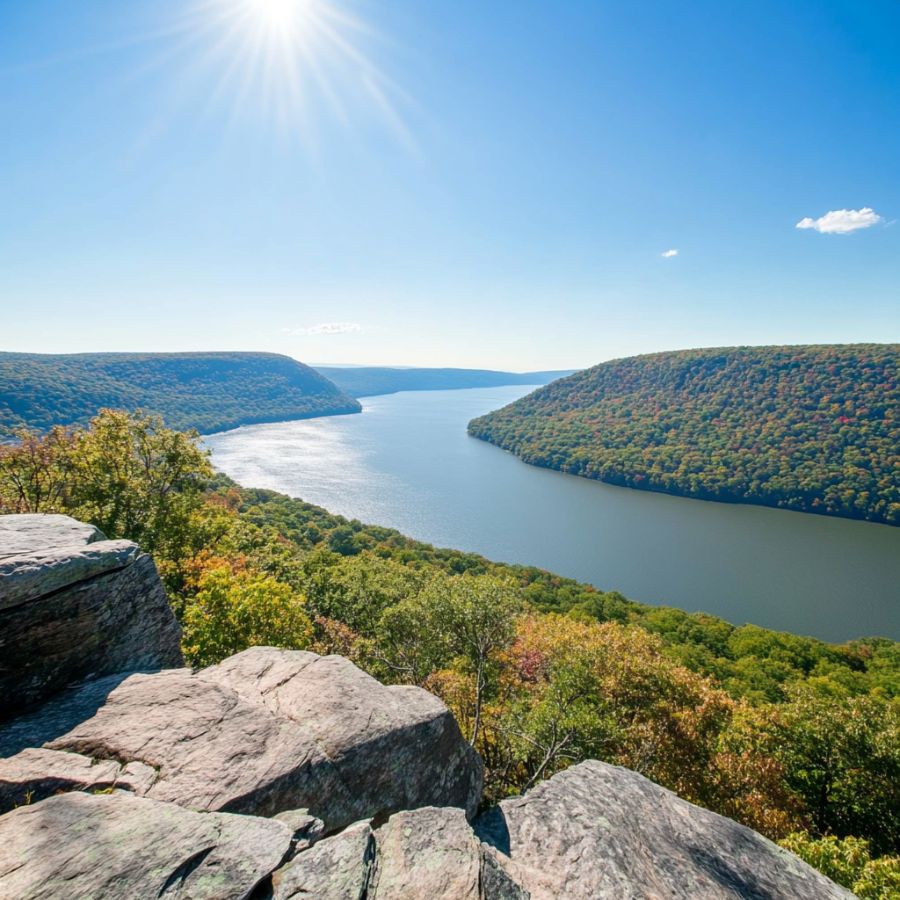
Located in the scenic Hudson Valley, Warwick has a long history of mineral collection.
Historically, Warwick’s iron mines were a significant part of the local economy. These mineral-rich grounds also produced quartz varieties, some of which developed into citrine.
Local collectors have reported finding golden-yellow quartz specimens in abandoned mines and along streambeds where erosion has exposed hidden crystals.
New rockhounds can follow in their footsteps by exploring areas with iron-stained soil, where the presence of iron oxide hints at potential citrine deposits.
Places Citrine has been found by County
After discussing our top picks, we wanted to discuss the other places on our list. Below is a list of the additional locations along with a breakdown of each place by county.
| County | Location |
| Warren | Gore Mountain |
| St. Lawrence | Valentine Mine |
| Clinton | Plattsburgh Quarry |
| Orange | Bush Farm |
| Ulster | Ellenville |
| St. Lawrence | St. Lawrence Zinc Mine |
| St. Lawrence | Gouverneur |
| Orange | Amity |
| Orange | Pine Island |
| Franklin | Moira |
| Essex | Adirondack Mountains |
| Warren | North River |
| Warren | Lake George |
| Ontario | Canadice Lake |
| Monroe | Genesee River |
| Erie | 18 Mile Creek |

